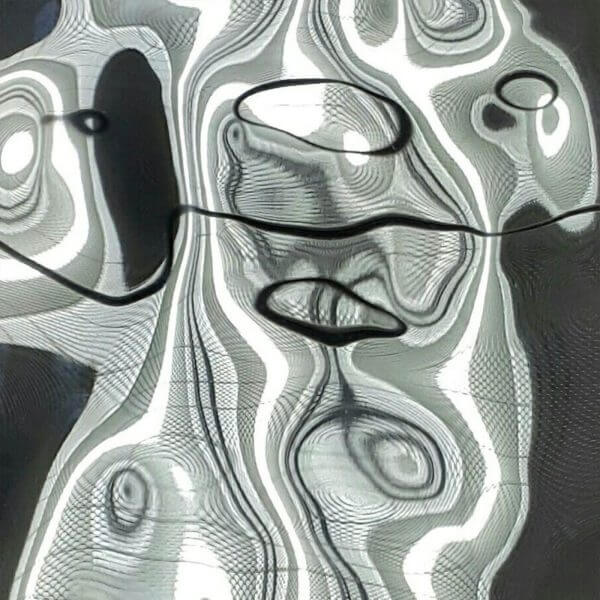Water Ripple Sheet Stockists in India (Business Opportunities - Other Business Ads)

INNetAds > Business Opportunities > Other Business Ads
Item ID 2994062 in Category: Business Opportunities - Other Business Ads
Water Ripple Sheet Stockists in India | |
Water ripple sheets, the captivating wave-like patterns observed on the surface of water, have intrigued scientists, artists, and engineers alike. These ripples can be found in natural bodies of water, such as lakes and ponds, as well as in controlled environments like laboratories and fountains. Understanding the formation, characteristics, and applications of water ripple sheets involves delving into fluid dynamics, materials science, and artistic expression. Formation of Water Ripple Sheets The formation of water ripple sheets is primarily governed by the principles of fluid dynamics. When an object, such as a droplet, stone, or even a breeze, disturbs the surface of the water, it creates waves that propagate outward. These waves interact with each other, forming complex patterns that can be visually stunning. Initial Disturbance: When an object impacts the water surface, it creates a disturbance. This disturbance generates waves that travel outward in concentric circles. Wave Interaction: As these waves travel, they interact with other waves created by additional disturbances or reflections from boundaries like the edges of a container. The interference of these waves can create intricate patterns known as interference patterns. Surface Tension and Gravity: Surface tension, the cohesive force between water molecules, plays a significant role in the formation of ripples. Gravity also influences the behavior of the waves, particularly their speed and wavelength. Characteristics of Water Ripple Sheets Water ripple sheets exhibit several key characteristics that make them a subject of study and admiration: Wavelength and Frequency: The distance between consecutive wave crests (wavelength) and the number of waves passing a point per unit time (frequency) are crucial parameters. These are influenced by factors such as the size of the disturbance and the properties of the water. Amplitude: The height of the waves, or amplitude, depends on the energy of the disturbance. Higher energy impacts create larger ripples. Symmetry and Patterns: Depending on the nature of the disturbance and the environment, water ripple sheets can display various symmetrical patterns, such as concentric circles, hexagons, or more complex fractal-like shapes. Applications of Water Ripple Sheets Water ripple sheets are not just a subject of academic curiosity; they have practical applications in various fields: Art and Design: Artists and designers often draw inspiration from the natural beauty of water ripple patterns. These patterns are replicated in various mediums, including textiles, ceramics, and architecture. Engineering and Technology: Understanding the dynamics of water ripples can aid in the design of structures that interact with water, such as breakwaters, wave pools, and even water-based art installations. Scientific Research: Studying water ripple sheets helps scientists understand fundamental principles of fluid dynamics. This knowledge can be applied in meteorology, oceanography, and the study of other fluid systems. Optics and Photonics: Ripple patterns can be used in optical devices to create diffraction patterns, which have applications in spectroscopy and other areas of photonics.  | |
| Related Link: Click here to visit item owner's website (0 hit) | |
| Target State: All States Target City : Select a City Last Update : 25 September 2024 7:07 PM Number of Views: 71 | Item Owner : Niket Mehta Contact Email: Contact Phone: 09920888220 |
| Friendly reminder: Click here to read some tips. | |
INNetAds > Business Opportunities > Other Business Ads
© 2025 INNetAds.com
USNetAds.com | GetJob.us | CANetAds.com | UKAdsList.com | AUNetAds.com | CNNetAds.com | Hot-Web-Ads.com | USAOnlineClassifieds.com
2025-03-14 (0.463 sec)